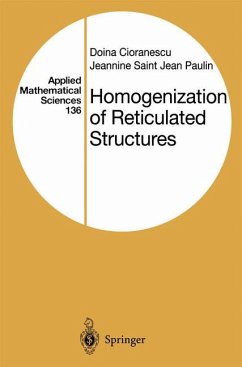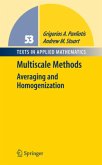This book presents recent works on lattice type structure. Some of the results discussed here have already been published in mathematical journals, but we give here a comprehensive and unified presentation. We have also added some new topics such as those contained in Chapter 4 treating elastic problems for gridworks. The aim of this book is to give continuous simple models for thin reticulated structures (which may have a very complex pattern). This means that we have to treat partial differential equations depending on several small parameters and give the asymptotic behavior with respect to these parameters (which can be the period, the thickness of the material, or the thickness of a plate or of a beam). This book is written from the point of view of the applied mathematician, atten tion being paid to the mathematical rigor, convergence results, and error estimates. It consists of six chapters and more than a hundred figures. The basic ideas are presented in the first two chapters, while the four last ones study some particular models, using the ideas of Chapters 1 and 2. Chapter 1 is an introduction to homogenization methods in perforated domains. Here the parameter to be taken into consideration is the period. After describing the multiple-scale method (which consists in asymptotic expansions), we focus our attention on the variational method introduced by Tartar, whose main idea is the construction of rapidly oscillating test functions.








